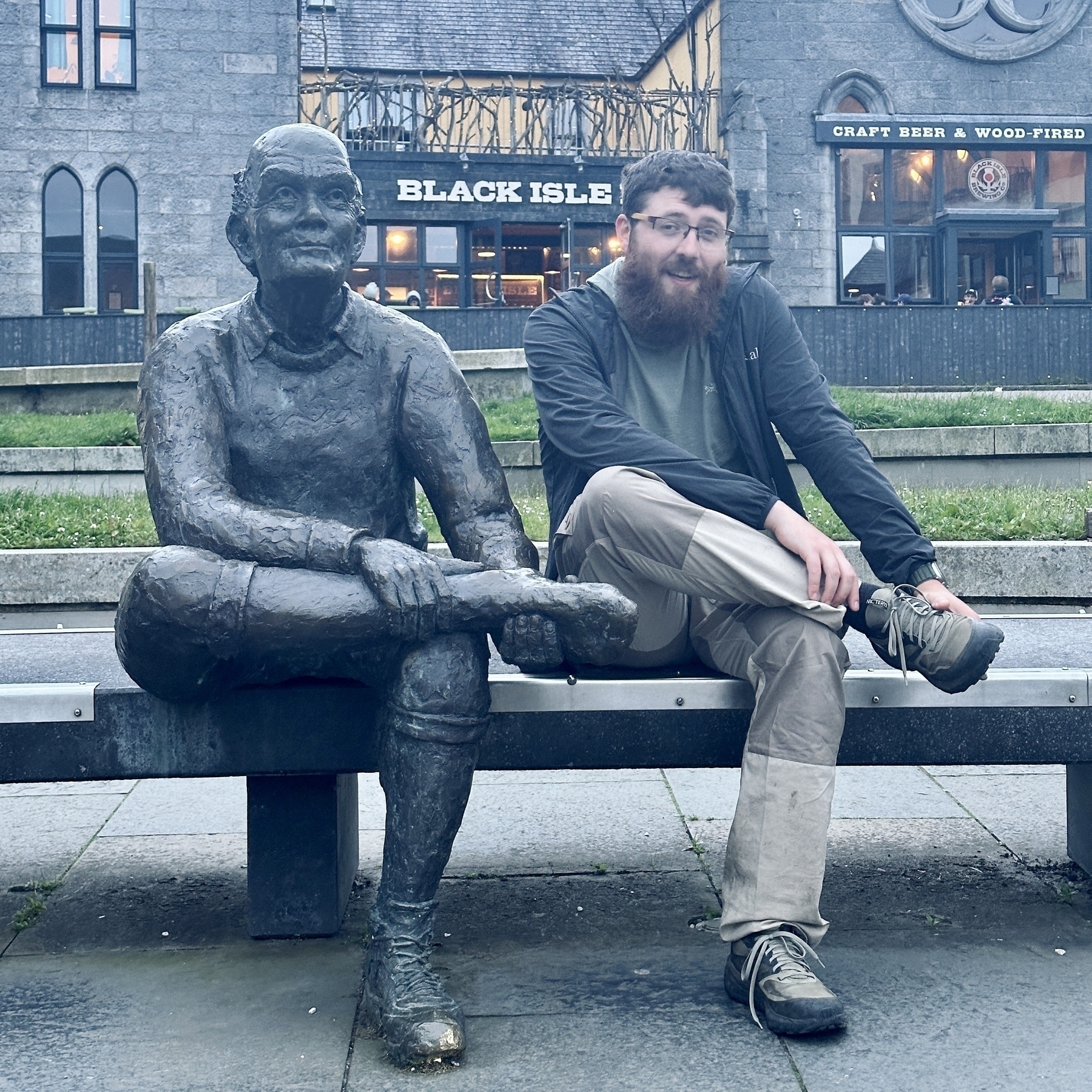Why Talos and not Ubuntu and K3s for Turing Pi RK1
Now that I want to use the RK1s in my Turing Pi to host a Kubernetes cluster I have a few different options on how to do it.
Ubuntu
My goto is usually Ubuntu because I know how to use it. I can configure it using Ansible and debug it when things stop working, so of course I would use it. I didn’t really think about it.
This time I’m using RK1 modules, which are powered by Arm, and don’t have “official” Ubuntu images. The ones it does have are locked to Ubuntu 22.04, or are a community effort, and reading into it all made me question what I really needed.
Kinda excited for Apple Containerization, Apple’s approach to running containers on macOS, even if it’s more about the open source contribution than the tool itself.
I was going to use colima to replace Docker Desktop on my Mac, maybe I won’t need it.
Cat sitting for a friend this week.

microblogging attempt + 1
I’ve updated my /now page with what I’m up to during my break from work.
Unstuck
Today is my last day working at Stickee, after which I will be “unstuck”.
I’d like to thank all of the wonderful people I’ve worked with over the last six years. I’m grateful for everything I’ve learned and the opportunities I was given, which I’ll carry into the next stage of my career.
Though leaving is never easy, especially from the longest job I’ve ever had, it’s exciting to step out into the unknown and challenge myself with new experiences.
Here’s to new beginnings, thanks to you, the people that helped me get there.
- stickeePaul
PC Games I liked in 2024
This isn’t “The Game Awards” because I didn’t play every game that came out, even though I tried to.
I’ll be using the same categories as the Steam Awards.
Getting my own domain
The first step to getting on the IndieWeb is to have your own domain.
This is an easy step for me because I’ve already got one, so I thought I’d explain how I got it.
The plan
I was stuck on a problem at work, I forget what, and I was on someone’s blog reading their post about it. By the end of it they’d helped me solve my problem and I could move on.
But before I did I clicked around the rest of the site to read their other posts and was pleasantly surprised to find I already knew the rest.
And then it hit me.
Happy New Year 🥳
I will be posting more in 2025.
That’s not a resolution, just a coincidence.
on cycling 50 miles in a week
50 miles in a week isn’t much of a cycling achievement.
Most cyclists are training for 100 miles in one go.
The easiest way to avoid mistakes whilst blogging is to not post anything, but that’s also a mistake.
I hit publish on bad at blogging and don’t follow me to acknowledge the gap in content and give myself permission to make more blogging mistakes.
bad at blogging
- blogs are meant to be written in paragraphs
- but I write my notes as lists
- I like lists
- but I write my notes as lists
Hiked the West Highland Way.
96 miles from Milngavie to Fort William.

Rested, showered and caffeinated.
Ready for day 7.
25km to Fort William.
Made it to Kinlochleven.
Should have eaten more than just Skittles and Scottish Tablet for lunch.
Tired.